Toronto
eNodeB Small Cell antennas ( Bell and Rogers ) that blend in with the Toronto’s downtown, less obvious then a rural setting on telephone poles.
Globe and Mail reporter explains in a video that “Rogers Centre in Toronto has 88 Small Cellular Antennas”
Featured in a CBC Report from 2012, 4G LTE small cells mounted under regular antennas
••••••••••••••••••••••••••••••••••••••••••••••••••••••••••••••••••••••••••••••••••••••••••••••••••••••••••••••••••••••••••••••••••••••••••••••••••••••••••••••••••
Niagra On the Lake, Ontario
London, Ontario
••••••••••••••••••••••••••••••••••••••••••••••••••••••••••••••••••••••••••••••••••••••••••••••••••••••••••••••••••••••••••••••••••••••••••••••••••••••••••••••••••
Kingston, Ontario
••••••••••••••••••••••••••••••••••••••••••••••••••••••••••••••••••••••••••••••••••••••••••••••••••••••••••••••••••••••••••••••••••••••••••••••••••••••••••••••••••
Fort Erie working on improving cell reception
Change text size for the story
The Town of Fort Erie is planning on adding relief to cellular data users at a number of local hotspots, by using streetlights and town-owned buildings rather than building cell towers.
At Monday’s council-in-committee meeting, a delegation was delivered on behalf of Bell Mobility by Sean Galbraith, municipal affairs director for SJSB Network Consulting Group Inc.
He gave an overview of a proposed deal between the municipality and the cellular provider, which a dialogue began on in February.
Galbraith says the units would be placed on streetlights and Town-owned buildings. There are 11 proposed locations where the devices would be placed, areas known to have poor service. Some of the proposed spots for the first run of installations include Bay Beach, Jarvis Street, Waverly Beach, Crystal Ridge Complex, Crescent Beach, and more. The municipality will make a one-time payment of $5,500 but will receive annual payments of $4,250 during the agreement.
Asked by Ward 4 Coun. Marina Butler about the feedback Bell has seen on this program to date, Galbraith said it is too early to evaluate input, but claims there is a feeling that this technology is “less visually offensive” than large communications towers.
“There’s an appreciation we’re not building an ugly cell tower next to someone’s house,” he said.
Bell and TELUS customers will benefit from this latest step, as Bell and TELUS share the same network. The draft agreement is not exclusive to Bell Mobility and other cellular companies would also be able to provide similar technology if all conditions of a similar agreement could be arranged, says the staff report.
http://www.forterietimes.ca/2016/11/23/fort-erie-working-on-improving-cell-reception
Bell Small Cell : Presented to Fort Erie City Hall
••••••••••••••••••••••••••••••••••••••••••••••••••••••••••••••••••••••••••••••••••••••••••••••••••••••••••••••••••••••••••••••••••••••••••••••••••••••••••••••••••
Port Hope agrees to small-cell technology project
By Cecilia Nasmith, Northumberland Today
Friday, April 7, 2017 12:23:14 EDT AM
PORT HOPE – Port Hope will be among the first of a number of urban communities to try out Bell’s new small-cell technology.
Council voted this week to authorize a bylaw to execute an agreement with Bell that will see the municipality participate in a pilot project utilizing this new approach at the next council meeting.
The presentation at the committee-of-the-whole meeting by Sean Galbraith of Bell Mobility explained that the demand for data is growing exponentially, and the small-cell technology — delivered through strategically scattered small boxes about the size of a large laptop computer — provides that capacity more efficiently at a much closer range than having a signal relayed from a distant cell tower.
Because the range of these boxes is shorter, it makes them entirely suitable for an urban community but not for the more widely dispersed homes and businesses of a rural community.
“But in urban areas, this is the solution we are moving toward,” Galbraith said.
The boxes can be painted to match, complement or be camouflaged into a streetscape or building. And so-called Pico cells can be set up in key buildings (like town hall) to provide more efficient indoor service.
The service would serve Bell and Telus customers, Galbraith said, because they have a network-sharing agreement. Other providers would have to make their own arrangements for their customers.
Asked for examples of communities that have tried this, he named Mississauga.
“It’s pretty new technology, so we don’t have a lot of examples we can point to. We are looking to partner with municipalities for a pilot project — and we pay for it, by the way.”
One challenge with Port Hope would be its hilly topography, he stated. But he would estimate the number of boxes needed to be “in the low double-digits — 10, 12, 20ish.”
Mayor Bob Sanderson warned that Port Hope’s downtown is known for its heritage qualities, and this can’t be compromised.
The agreement calls for working with the municipality to determine potential sites for the boxes, with a few prospective locations specified. This list includes the Jack Burger Sports Complex, the Town Park Recreation Centre and Agricultural Park area, the town hall and Memorial Park area, the Canton municipal office, and the Garden Hill fire station and Alex Carruthers Memorial Park area.
Three payments were mentioned:
• Bell will pay for all costs associated with the equipment’s installation and maintenance, plus a one-time $500 payment in consideration of staff time involved to review installation plans.
• Bell will provide $250 annually to pay for the cost of electricity consumption for each small-cell installation. In case of any dramatic hydro-price fluctuation, this amount will be renegotiated.
• Bell will provide an additional annual fee of $250 per exterior small-cell installation and $550 per interior small-cell installation.
The bylaw will be brought back to council April 18.
[email protected] Twitter.com/NT_cnasmith
http://www.northumberlandtoday.com/2017/04/07/port-hope-agrees-to-small-cell-technology-project
Bell Small Cell
Aurora agrees to small-cell technology project
For immediate release
Friday, September 9, 2016
Town partners with Bell to introduce small cell technology
Aurora is the first municipality in York Region to offer the state-of-the-art wireless solution
Aurora, ON – Aurora Town Council has approved an agreement with Bell to install its new small cell technology in the community. Aurora is the first municipality in York Region to participate in this innovative program.
The initiative places small cell antenna systems in select areas to improve mobile data coverage without the need for a traditional cellular tower.
“Aurora is taking a leadership role and embracing new technology by participating in the small cell technology project. This investment will enhance high-speed wireless broadband service for residents, provide a competitive advantage for businesses and showcase the Town of Aurora as an evolving smart city,” said Mayor Geoffrey Dawe.
The town is looking to install small cells in approximately 10 locations, including the Aurora Promenade on Yonge Street and the Cultural Precinct. Weighing approximately 30 pounds, each small cell uses far less power than a traditional site cell site while providing approximately 150 metres of coverage. Installation is simple, efficient and does not compromise existing service to residents.
The small cell project will significantly improve wireless broadband service within the community, generating new revenue and innovation opportunities for the Town and its business base. Small cells also reduce the load on existing wireless infrastructure in the region and decrease the number of traditional cell sites needed in the future.
The small cell rollout will begin this fall and is expected to expand to other areas.
Media contact: Stephanie Mackenzie-Smith, Manager of Corporate Communications | 905-727-3123 ext. 4238 | [email protected]
••••••••••••••••••••••••••••••••••••••••••••••••••••••••••••••••••••••••••••••••••••••••••••••••••••••••••••••••••••••••••••••••••••••••••••••••••
Small cell technology coming to Aurora smartphone users
Aug 16, 2016 by Teresa Latchford Aurora Banner
The Town of Aurora is the first municipality in York Region to partner with Bell Canada to pilot the company’s small cell technology that will not only increase the current broadband network’s speed and capacity but could also eliminate the need for additional traditional cellular towers that have concerned residents in the community in the past. Aurora’s town hall is one of 10 pilot locations where the new technology will be installed. – Steve Somerville
Smartphone users may soon notice a boost in service speed in Aurora due to a new pilot project.
Aurora is the first municipality in York Region to partner with Bell Canada for a small cell technology pilot project to improve broadband connectivity. The project involves placing small cell antenna systems, about the size of a laptop, on or in buildings and on telephone poles to support the existing service network.
“Bell was looking to meet demand in Aurora that is being driven by the increased use of smartphones, more specifically data usage which uses more broadband capacity than voice use,” Aurora’s manager of long range and strategic planning, Anthony Ierullo said. “These receptors have a direct link to fiber (a high-speed network of cables allowing people to access the internet and acquire or send data), meaning they will be able to move data at tremendous speed.”
With the demand for data usage expected to double every year and Aurora expecting to add to that demand due to a population increase, this new technology is a step in the right direction, he said.
The primary users who will benefit from the pilot will be Bell and Telus clients but there are agreements in place that will allow clients of other service providers to access the network if there is a gap in their own service networks, he added.
To start, 10 locations have been selected to test the small cells, also known as micro cells, including town hall, Aurora Public Library, Lambert Willson Park and local recreation centres. The rest will be installed in the cultural district and along the Yonge Street promenade.
Installation could begin as early as this fall.
“Part of Bell’s plan is to move away from traditional cell towers that have caused concern in the community in the past,” Ierullo said.
Small cells operate with lower transmit power compared to cell towers, meaning lower radio-frequency exposure, well below what Health Canada deems safe. Exposure was the main concern voiced by residents when the town was considering the approval of cell tower installations on Bloomington Road just east of Bayview Avenue last year and south of the Wellington and Bathurst streets intersection in 2013.
Another perk of the technology is one cell can be shut down for maintenance without disrupting the entire network.
The cells will mean no land will be required for new towers but the town will still have the authority to review and access proposed installation sites.
The town will also generate revenue through the agreement as Bell will pay a one-time application fee of $500 to cover the cost of reviewing the proposed installation sites and a fee of $750 per year, per location.
“Broadband and wireless connectivity are key drivers for economic development…there are many examples of communities that have experienced major economic benefits from being early adopters of smart technology,” the staff report states. “As York Region considers pursuing a Smart City designation, a project like this can only help better position Aurora as a leader.”
York Region’s broadband task force has identified small cell technology as one of the options that would help fulfil the region’s broadband strategy. Being more connected and being able to offer high- speed, high-capacity digital networks would make the region and local municipalities more attractive for businesses, education institutions and aid other sectors like technology and health care.
••••••••••••••••••••••••••••••••••••••••••••••••••••••••••••••••••••••••••••••••••••••••••••••••••••••••••••••••••••••••••••••••••••••••••••••••••
Bell upping its cellular signals in Welland
By Dave Johnson, Tribune Staff
Thursday, March 23, 2017 10:27:53 EDT AM
Cellphone service for Bell Mobility residents in Welland will improve after the city approved the company’s planned installation of nine small cell antenna systems.
The systems will be placed on lamp poles in the Merritt Island, Burgar Park and Hooker Street areas; the former fire hall on Division Street; on poles at Plymouth Park, Chippawa Park and Woodlawn Subdivision; on the arena on King Street; and inside Youngs Sportsplex.
City treasurer Steve Zorbas told city council a review was conducted to determine the quality of Bell’s wireless service across the city, and it was found a number of locations had low signal quality.
“Once these enhancements are in place, there will be significant improvement and 100 per cent coverage for Bell’s network,” he said Tuesday night.
The treasurer said the city is more than willing to have any other wireless service approach it if it wants to do the same as Bell. Zorbas said city staff would negotiate with those providers, and would prefer to bring each one back to council for approval.
He said installation of the Bell antenna systems would generate revenue for the city through one-time application fees, annual fees for the outdoor and indoor antennas, and for hydro consumption.
The city expects to receive at least $10,700 a year from the 10-year deal. Councillors were told staff would get back to them on the exact figures.
“(Bell) proposed a lower number and we said ,‘That’s not good enough.’ Staff negotiated a deal we’re happy with,” Zorbas said.
Ward 3 Coun. John Chiocchio asked if the deal would include enhancing or free Wi-Fi in the city.
“This has nothing to do with Wi-Fi, but it is being investigated by the corporate leadership team and there will be a report back to council before the fall of this year,” Zorbas said.
Twitter: @DaveJTheTrib
http://www.wellandtribune.ca/2017/03/22/small-cell-antenna-systems-to-improve-cell-service
Sarnia Ontario signs up with Bell Small Cell Contract
More about this Antenna : Huawei AtomCell BTS3911
“With rapid technological development, operators are requiring exponentially increasing demands on networks in an endeavor to meet the challenges of soaring data traffic. Insufficient capacity and weak coverage are proven to be factors that contribute to compromised user experience. Operators must seek a high-performance outdoor coverage solution that can be easily deployed to address heavy hotspot traffic and coverage holes.
Huawei offers an outdoor small cell designed for dense urban areas. The incorporation of its purposeful and sleek design allows the technology to blend effortlessly into its environment and surroundings. This feature offers operators a convenient, immediate solution to site acquisitions in urban areas by enabling it to be deployed on street poles.
Huawei also offers the industry’s first multimode multiband micro base station, AtomCell. It features high integration, small dimensions, light weight, and plug-and-play support. It enables easy site acquisition, project engineering, and smooth 3G-to-4G evolution helping operators to reduce TCO.”
” Power consumption 120/240V (AC), 220W max. per unit (dual frequency mode)
Weight 13 Kg (28.7 lbs) per unit.
Dimensions (HxWxD) 300 mm x 290 mm x 166 mm per unit “
Windsor Ontario
Condensed Report PDF
https://www.citywindsor.ca/cityhall/City-Council-Meetings/Meetings-This-Week/Documents/public%20agenda%20Nov%2020%202017%20v2.pdf
••••••••••••••••••••••••••••••••••••••••••••••••••••••••••••••••••••••••••••••••••••••••••••••••••••••••••••••••••••••••••••••••••••
Public Health Risks Posed by Cell Tower Radiation from
Stand Alone Antenna Poles
Testimony by Dr. Anthony Miller
Toronto City Hall, Toronto Ontario – July 30 2016
••••••••••••••••••••••••••••••••••••••••••••••••••••••••••••••••••••••••••••••••••••••••••••••••••••••••••••••••••••••••••••••••••••
Resident films the Bell Small Cell access points and junction boxes
Sue St. Marie Ontario
https://www.youtube.com/watch?v=9YT6GVPFUgU
https://www.youtube.com/watch?v=IQ0eeMQ8wD8
Bell Installing FIBRE and SMALL CELLS
Ontario was faced with the SWIFT agenda, pushing FIBRE OPTIC, but in reality, it was to feed the backhaul for SMALL CELLS.
Swift Rural Broadband : https://swiftruralbroadband.ca
http://weepnews.blogspot.com
http://www.weepinitiative.org
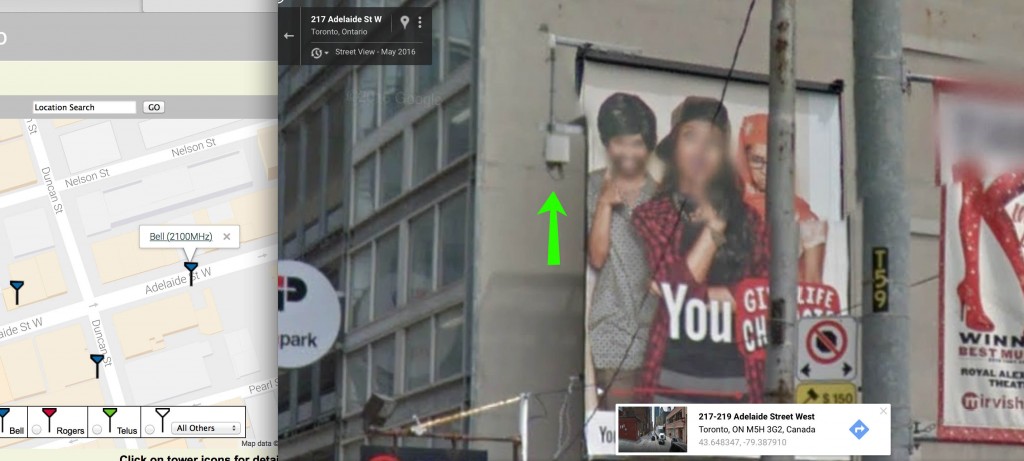

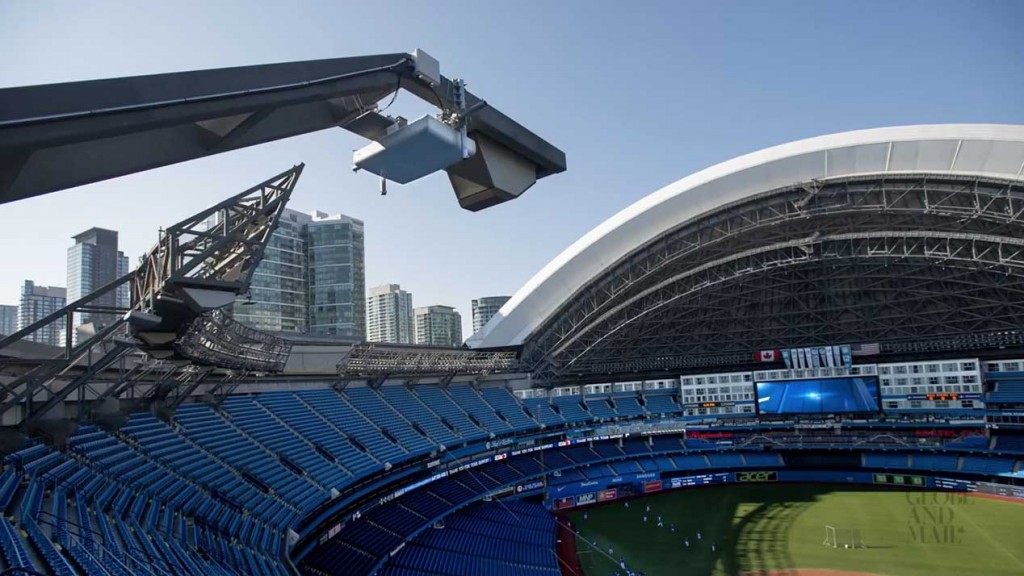
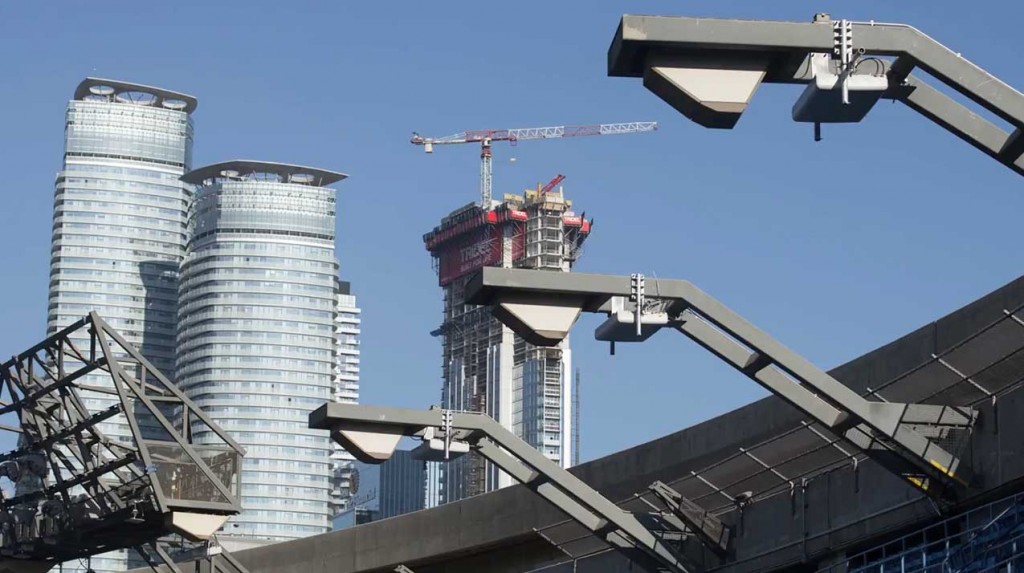

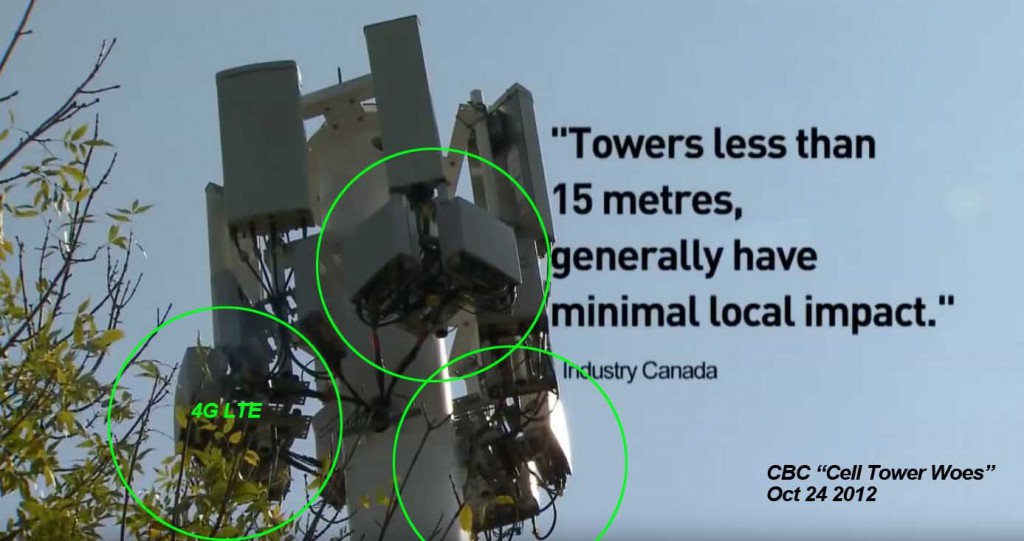
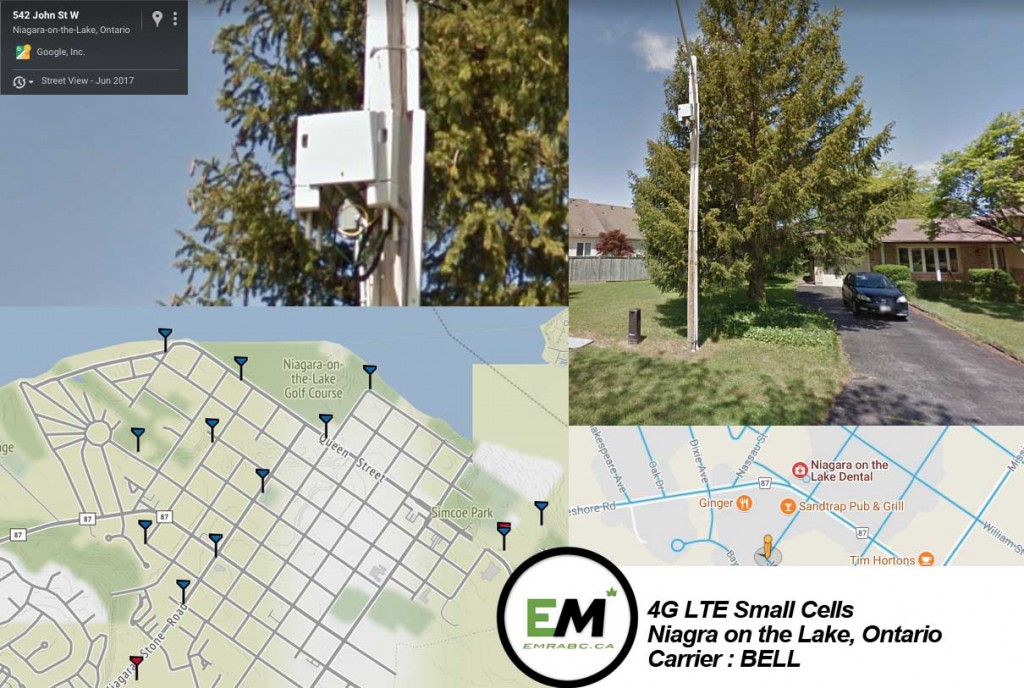
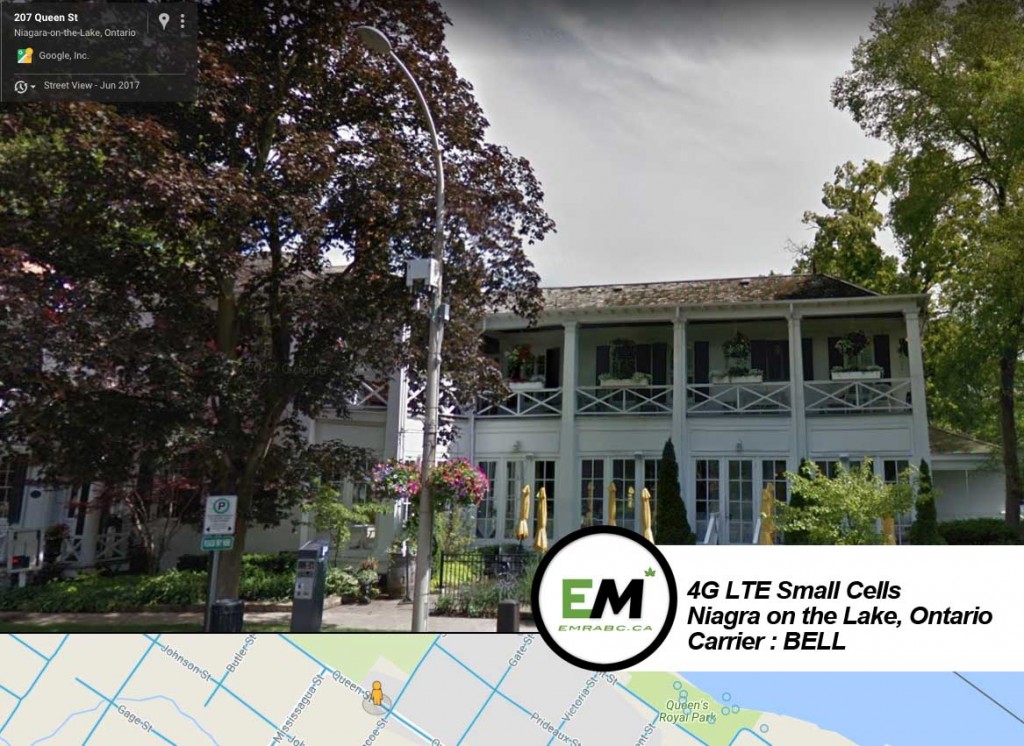
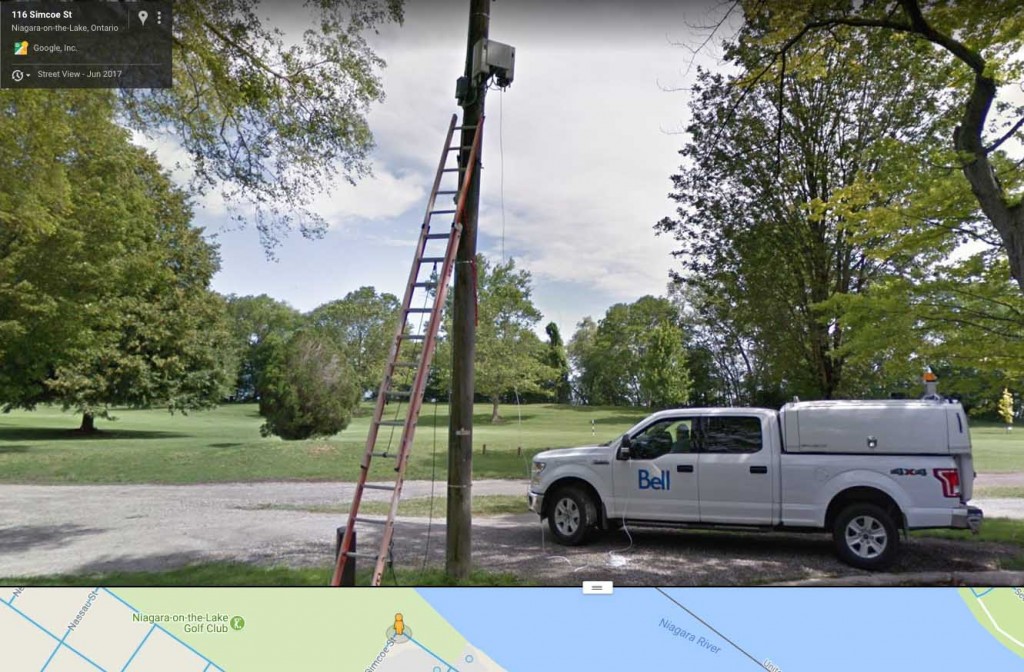
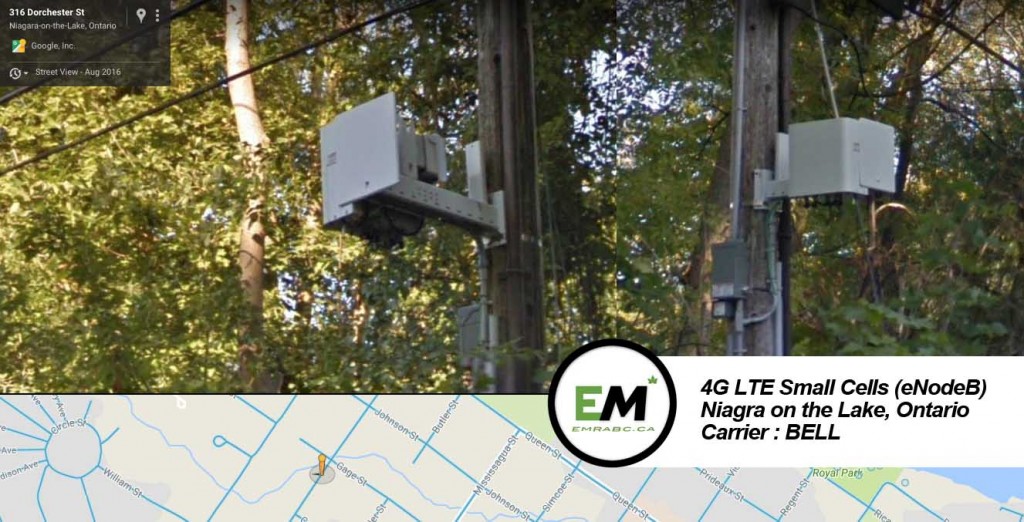
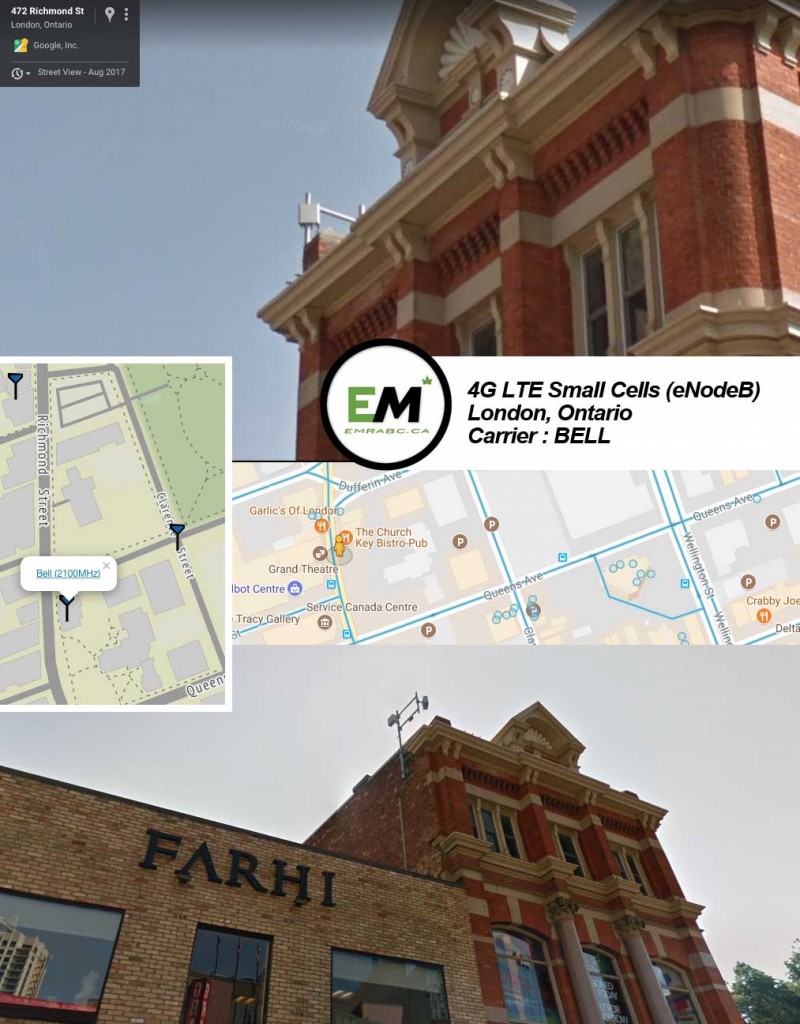
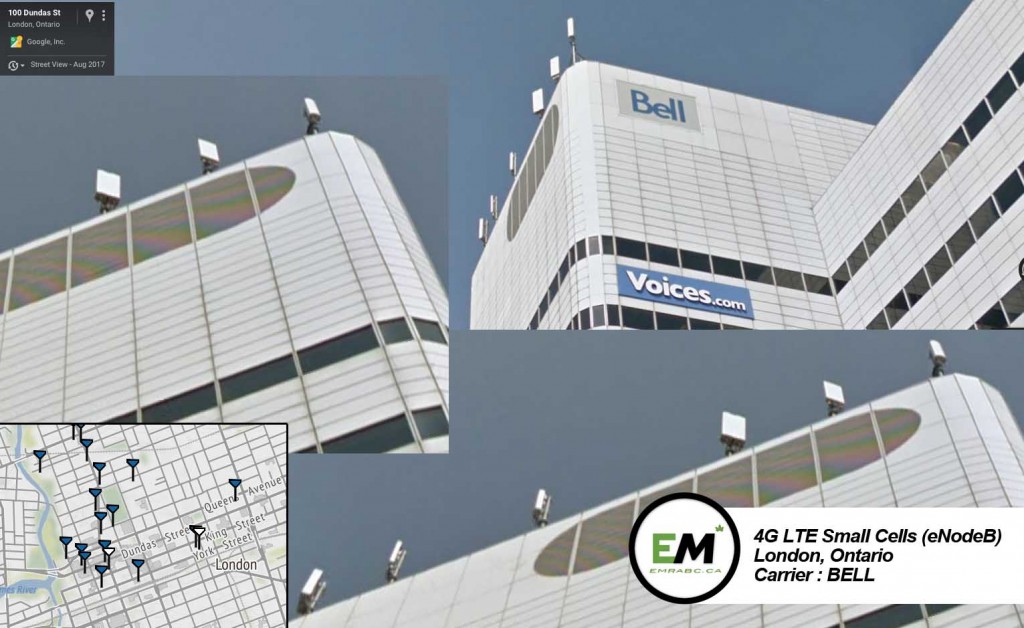
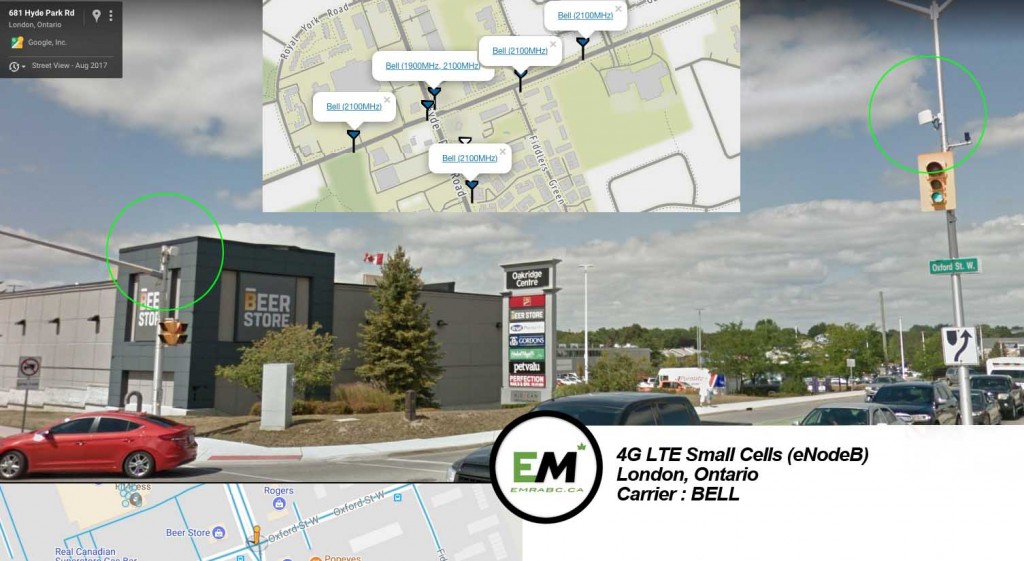
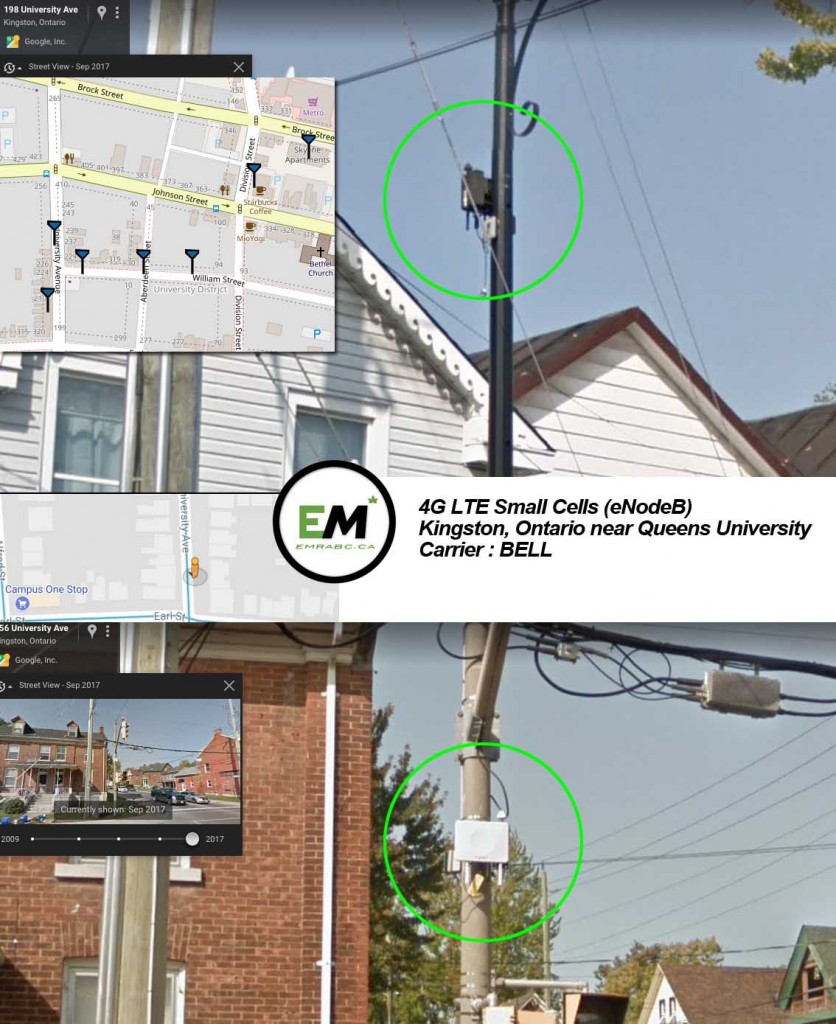

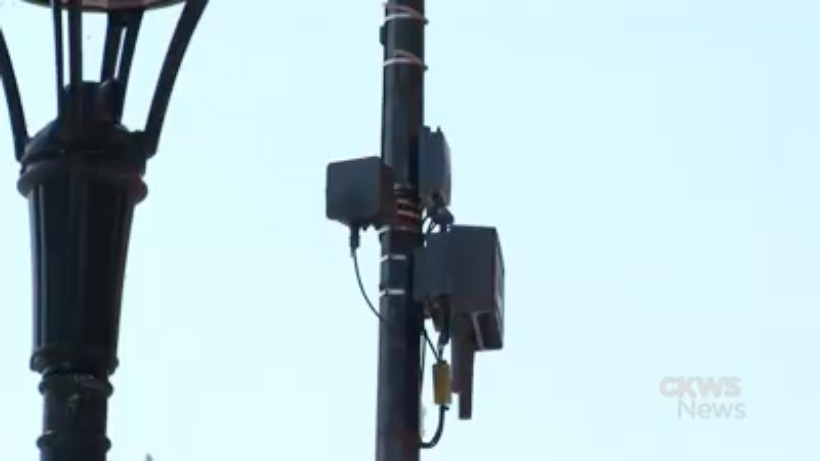
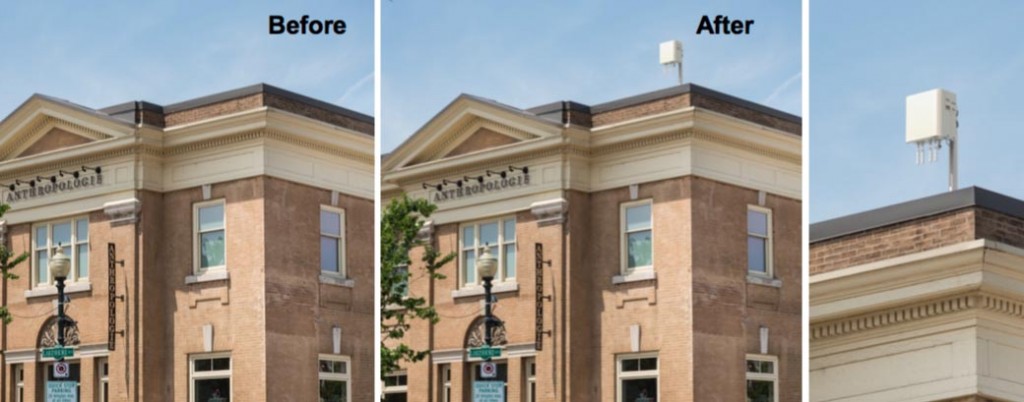

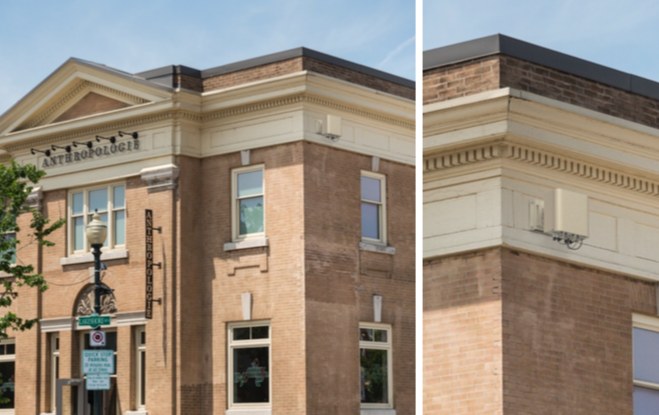
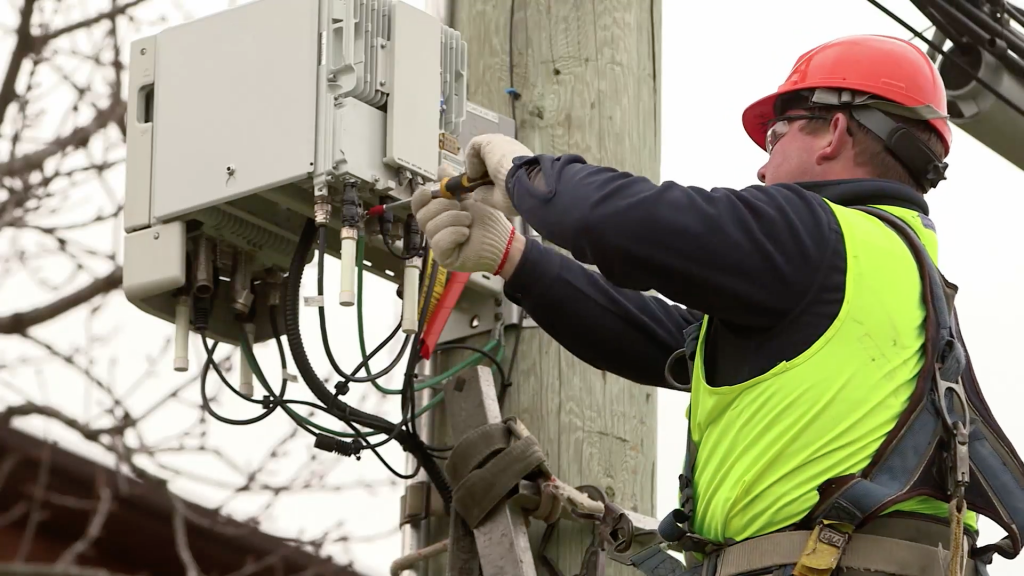
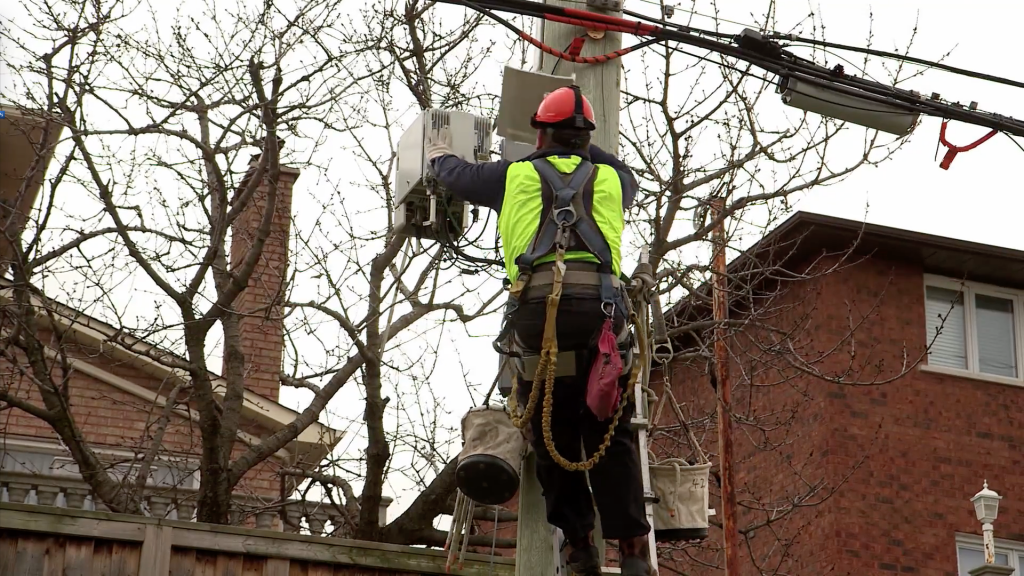
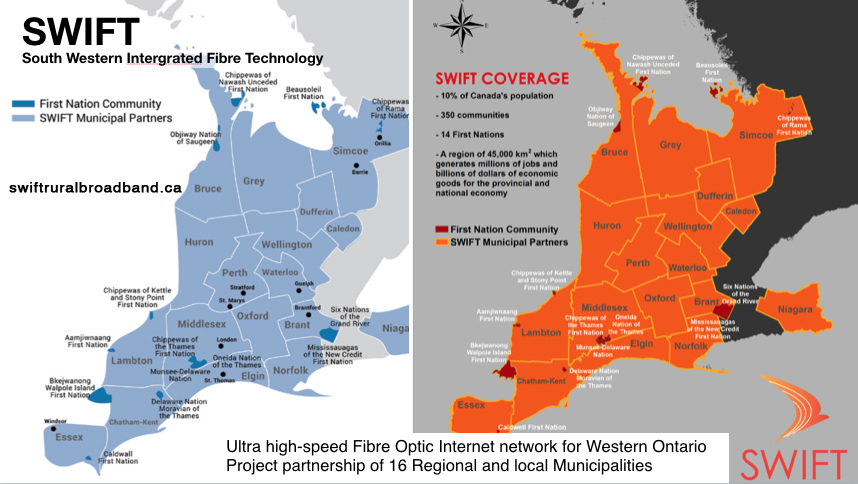
Pingback: Sacramento 5G, could take several Years to install 4000 small cells « EMR Health Alliance of BC
Pingback: Bell says it will be ready to deploy 5G in time even if Canada bans Huawei « EMR Health Alliance of BC
#1 by Mike on February 16, 2021 - 1:48 pm
Quote
Who can I contact in Ontario to have the eNodeB removed off my hydro pole. It’s less than 500ft from my home.
#2 by admin on February 18, 2021 - 8:15 am
Quote
Contact the hydro company for your area and make the request.